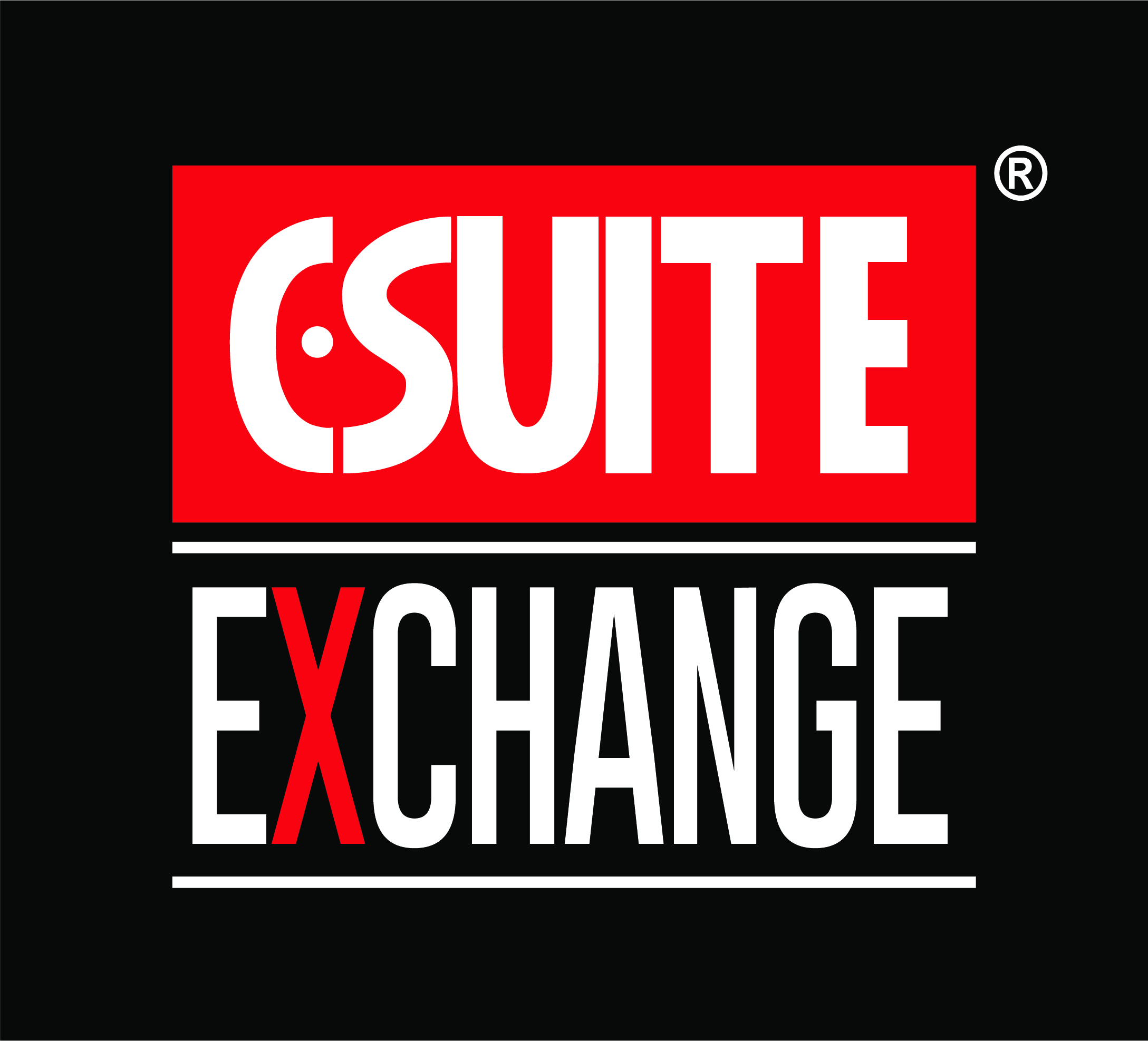The U.S. National Institute of Standards and Technology has resumed its large-scale fingerprint biometric evaluations after a 13-year break, marking a major update for the sector’s technology performance benchmarks. The program, formerly known as the Fingerprint Vendor Technology Evaluation (FpVTE), has been relaunched under the new title of Friction Ridge Image and Features (FRIF) Technology Evaluation Exemplar One-to-Many (E1N). It is designed to assess the performance of one-to-many fingerprint identification algorithms and is a reference point for public and private sector organizations seeking reliable biometric systems for large-scale deployments.
In its relaunch phase, NIST has so far received submissions only from Tech5 and Innovatrics. Their algorithms are being tested on three distinct datasets, referred to as Class A, Class B and Class C. Class A contains index fingers only, Class B consists of 4-4-2 or “identification flat” captures, and Class C encompasses all ten fingers. These datasets provide a comprehensive testing ground for evaluating the accuracy, speed, and scalability of fingerprint identification algorithms across different use cases and capture types.
Tech5’s submissions have posted leading results in several key performance indicators. For Class A, the company achieved a false non-identification rate (FNIR) of 0.001 at a false positive identification rate (FPIR) of 0.001 or lower, with a Rank-1 FNIR of 0.0004. It also leads in Class C across operational thresholds and Rank-1 FNIR in plain-plain (0.0018 and 0.0042), plain-rolled (0.0006 and 0.0037), and rolled-rolled (0.0003 and 0.0034) comparisons. In addition, the company’s algorithm performed strongly in template creation speed and footprint, highlighting its ability to manage large-scale identity operations efficiently.
Innovatrics’ submissions also performed competitively, with FNIRs of 0.0160, 0.0120, 0.0022 and 0.0011 respectively for left slaps, right slaps, left and right slaps together, and identification flats at FPIR 0.001 or lower. Its Rank-1 FNIRs were 0.0092, 0.0027, 0.0010 and 0.0005 across the same categories, reflecting solid identification capability. Both companies’ results are being closely watched by government agencies and integrators selecting Automated Biometric Identification System (ABIS) platforms for applications such as civil identity, foundational identity, passport issuance, and elections.
According to Tech5 Chief Revenue Officer Ameya Bhagwat, these tests are essential as end customers use them as a benchmark when choosing large-scale ABIS platforms. NIST emphasized that the evaluation focuses on template creation and search algorithms used with ABIS platforms, rather than evaluating ABISs themselves. This distinction ensures that the evaluation measures the performance of the core matching technology that underpins automated biometric identification systems rather than complete operational platforms.
Follow the SPIN IDG WhatsApp Channel for updates across the Smart Pakistan Insights Network covering all of Pakistan’s technology ecosystem.




